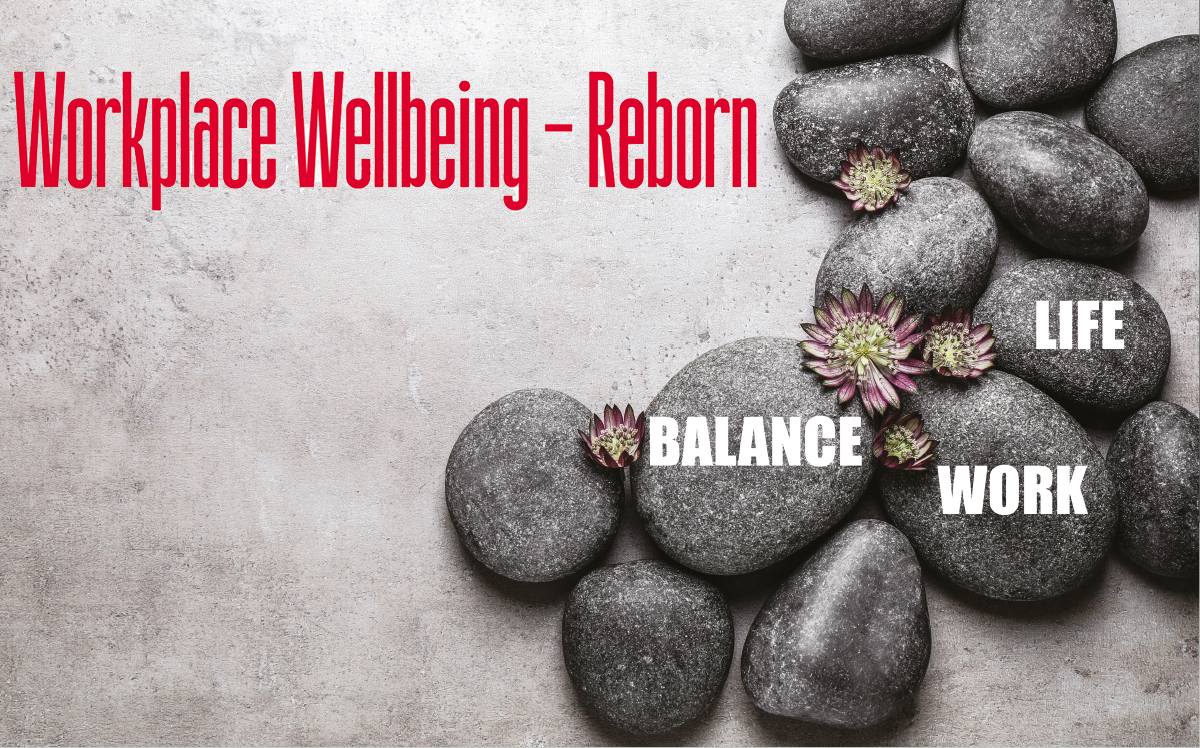WorkplaceWellbeing-Reborn

Stress Awareness Month
April 4, 2022
Lost Your Passion for Work?
April 14, 20222022 is all about you and your wellbeing, take note employers. In June 2021, the first psychological health and safety standard was published:
ISO 45003 Occupational health and safety management – Psychological health and safety at work – Guidelines for managing psychosocial risks.
ISO 45003 is a history making standard as it provides guidance for employers and businesses on how best to look after employee mental health and the factors that put it at risk at work. In a nutshell, it is a major shake-up of how we understand health and safety and how we keep employees safe at work including their mental health.
In 2018/19, the Health and Safety Executive (HSE) reported that the cost of British workplace injuries to businesses was £5.6 billion. The UK’s annual bill for poor mental health at work: £45 billion.* Whilst poor health and safety is a costly business, it is also hugely damaging to a company’s reputation.
For the first time, ISO 45003 provides a formal framework for how to manage, and protect mental wellbeing at work by plugging the gap in current workplace safety guidance, via the long-overdue introduction of psychosocial hazards. Heather Bolton, Head of Psychology at Unmind says these hazards “are things that might impact employees’ psychological response to their work and workplace conditions. Examples include excessive workloads, tight deadlines, conflicting demands or a lack of control over ways of working. Just like physical risk factors, the accumulation of psychosocial risks can lead to poor health outcomes like stress, burnout or depression.”
WHAT DOES ISO 45003 COVER EXACTLY?
The ISO 45003 standard provides information on identifying any potential risks to the psychological health and wellbeing of employees. It details how to perform psychosocial risk assessments in the workplace and advises what measures may be necessary to control these risks.
THREE MAIN CATEGORIES
The guidelines cover areas that pose a potential risk to workers’ mental health. These areas fall under three main categories:
• How workloads are organised
• Social factors in the workplace
• The work environment
The Risks Covered
The psychological health and safety risks covered by ISO 45003 include: • Burnout
• Overwork
• Lack of support
• Feeling unfulfilled at work
• Discrimination
ISO 45003 also addresses risks associated with working out of hours and the risks posed by remote working. The ongoing impact of Covid has brought these particular issues and the widespread concern of employee mental health
to the forefront.**


